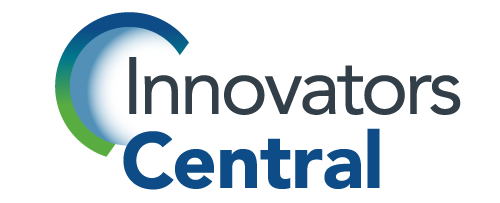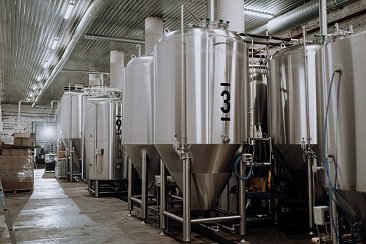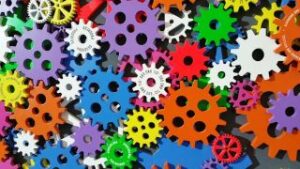Most people never consider liquid level sensing, but it’s an old and, in many cases, simple technology. Liquid level sensors have long been in homes, cars, jobs, and large-scale industries such as construction and aerospace.
As Industry 4.0 technologies revolutionize all aspects of life through digitization and big data, even older technologies such as this are being changed for the better. By using deep analytics, digital twin technology, advanced CAD, and 3D modeling, innovative businesses are turning the simple function of this mature technology into a new pathway for efficiency and accuracy.
What is a Wireless Liquid Level Sensor?
A wireless liquid level sensor is a device that measures and regulates liquid within a container or confined space. It can transmit readings and data wirelessly to an IoT collection device for analysis.
Traditionally, these devices were simple, such as the ball and valve system in a toilet or the fluid measuring systems in a car. They’ve been used extensively in construction to measure liquid levels in tanks and holding systems and trigger refills, warnings, and other actions that help manage production.
Today, wireless technology has allowed these sensors to be used more efficiently and with a higher degree of accuracy. Any liquid can be controlled precisely by adding electronic sensors in place of mechanical triggers and tying them to data capture systems using wireless or cellular transmission. In many cases, the liquid level sensing can be combined with other status monitoring such as temperature, particulate content, and other desired state characteristics.
What are the Types of Wireless Liquid Level Sensors?
There are many different types of liquid level sensing common today. These include:
- Optical – Optical sensors use light such as infrared with a phototransistor. If the liquid level drops below the alignment of the infrared light and phototransistor, light is coupled and triggers a refill or alarm action. If the liquid is higher than the sensors, the light waves are different, and the system reads as full.
- Magnetic – Like mechanical floats in toilets, magnetic float systems use a magnet that raises and lowers the liquid level. As a magnet approaches sensors located at the top and bottom, a reed magnetic switch closes, creating a contact that signals filling or stopping the container.
- Pneumatic – For hazardous industries where contact with electrical elements would be dangerous, pneumatic liquid level sensors are used. Here, air pressure is measured at the top of the container to determine the fluid level. The higher the pressure, the higher the level of liquid.
- Capacitive – Capacitive level sensors use two electrodes to create a circuit. Once immersed, these electrodes complete a circuit, and the capacitance measured on the circuit lets the system know if the container is full or empty. High capacitance means full and low capacitance means empty.
- Conductive – Like capacitive, conductive liquid level sensors measure capacitance. However, conductive sensors use multiple probes at different voltages to determine different levels.
How Wireless Innovation Has Changed Liquid Level Sensors
Liquid level sensors today are more accurate, more reliable, and more precise than ever. This innovation has been brought to market by introducing the Internet of Things (IoT) and the Industrial Internet of Things (IIoT). Combined with wireless transmission of the data, these sensors are agile, flexible, and low profile.
However, by merging electronic measurement devices, deep data analytics, and wireless transmission with the mature technology of liquid level sensors, they can deliver more than just accuracy and precision. Data generated can optimize flow, improve water utilization to reduce waste, develop predictive and descriptive maintenance on critical flow systems, and a host of other advantages.
By leveraging this data, companies can reduce costs and improve the efficiency of a flow system using the insights generated by deep analytics of the trends and patterns of the liquid in a real-time, dynamic state. This allows them to design even more efficient systems to conserve energy and resources. It also makes these systems safer and more reliable.
Innovating for the Next Mature technology
Liquid level sensing has moved beyond the simple notions of empty and full. Through innovation, it’s now an integral element in improving system performance. As entrepreneurs, you have the freedom and insights to find new avenues for business by combining emerging technologies such as IIoT and wireless data transmission with mature technologies that have reached a mechanical dead end.
The Henry Bernick Entrepreneurship Centre (HBEC) at Georgian College is uniquely positioned to help you take your idea from concept to reality. With experienced staff, innovative programs, and training and mentorship for new business leaders and entrepreneurs, we have the resources to guide and assist your journey to using emerging technologies such as IIoT to ramp up your idea and improve a mature technology exponentially. Call us to find out how we can help in your journey.










